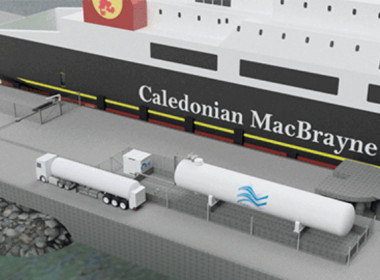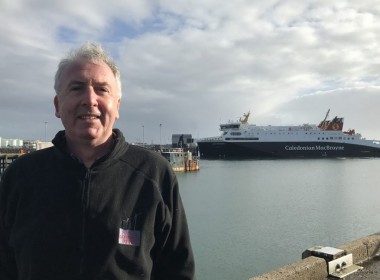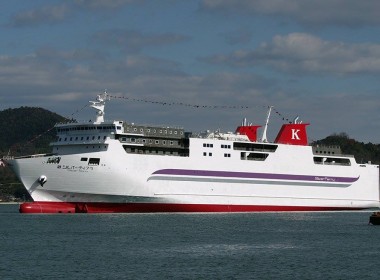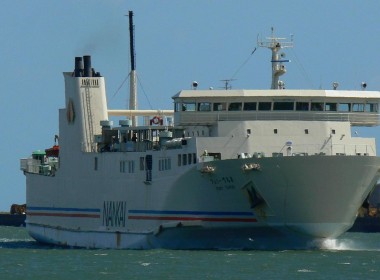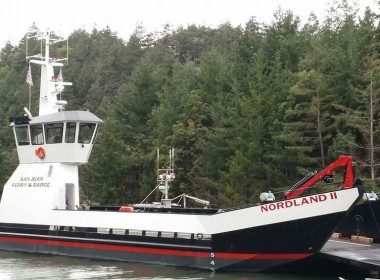Scottish transport expert cites “very poor procurement process” in ferry acquisition

A local transportation expert has stated that a flawed procurement process has been severely hampering the Scottish government’s plans to acquire new passenger ferries.
During a meeting of the Scottish Parliament’s Net Zero, Energy and Transport (NZET) Committee held last January 31, former Napier University professor Dr Alf Baird was asked to present his views on how Scotland’s ferry services can benefit island and remote rural communities.
Dr Baird commented that frequency is the most important feature in most studies of user needs. The frequency can be achieved through faster speeds and more vessels per route, and this can be achieved through simpler vessels rather than opulent vessels, which he said the CalMac-type ships have been described as.
Although Dr Baird said there has been enormous investment in ferries in Scotland, the problem is traced to a “very poor procurement process, which is very restrictive.” Some bidders have been eliminated from the procurement process due to exacting requirements and some were even rejected for spurious reasons, he added.
Dr Baird continued by highlighting the feasibility of catamaran vessels, which he and his companions have been advocating to the government for more widespread use on local routes. He added that the advantages offered by catamarans compared to CalMac Ferries’ monohull vessels include lower cost, shorter construction times, and greater efficiency due to their lower displacement, whereas the CalMac vessels are “the equivalent of bricks” as the operator adds as much weight as it can to each ship.
Also present at the same NZET Committee meeting were University of Strathclyde professor emeritus Neil Kay and author and consultant Roy Pedersen, who also presented their own views on how the ferry service can be improved. Professor Kay proposed that it would be practical to have ports and harbours within the ferry network controlled at a local level so that facilities can be developed around the network and be an integrated part of the system.
Mr Pedersen meanwhile presented Norway as an example of a country with a model that functions well and provides vehicle and passenger ferry services economically and efficiently. Mr Pedersen said the Norwegian government is not engaged in building ships or designing ferries as the operators provide their own vessels, and the arrangement is “much simpler and functions extremely well.”


